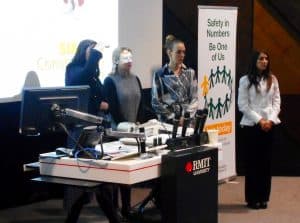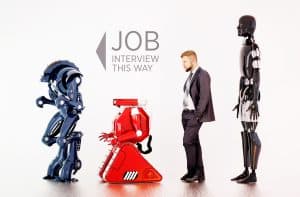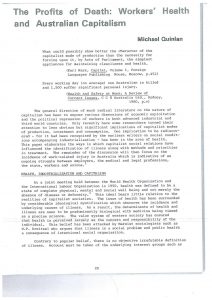 On 12 December 2017, part of Australia’s screen and television industry held a forum in Sydney about sexual harassment in the sector and what could be done to reduce this workplace hazard. This initiative occurred a day before an open letter was published about sexual harassment in the music industry. There is a momentum for change on sexual harassment in the workplace, but it is at risk of resulting in a fragmented approach which will generate turf wars, confusion and, ultimately, ineffectiveness.
On 12 December 2017, part of Australia’s screen and television industry held a forum in Sydney about sexual harassment in the sector and what could be done to reduce this workplace hazard. This initiative occurred a day before an open letter was published about sexual harassment in the music industry. There is a momentum for change on sexual harassment in the workplace, but it is at risk of resulting in a fragmented approach which will generate turf wars, confusion and, ultimately, ineffectiveness.
The


 On 30 October 2017, the Safety Institute of Australia and RMIT University held their annual
On 30 October 2017, the Safety Institute of Australia and RMIT University held their annual  At Australia’s
At Australia’s  Industrial manslaughter laws passed through the Queensland Parliament on October 12 2017. The debate about the laws on that day is an interesting read as it illustrates some of the thoughts about workplace safety in the minds of policy decision makers, business owners, industry associations, trade unions and safety advocates.
Industrial manslaughter laws passed through the Queensland Parliament on October 12 2017. The debate about the laws on that day is an interesting read as it illustrates some of the thoughts about workplace safety in the minds of policy decision makers, business owners, industry associations, trade unions and safety advocates.